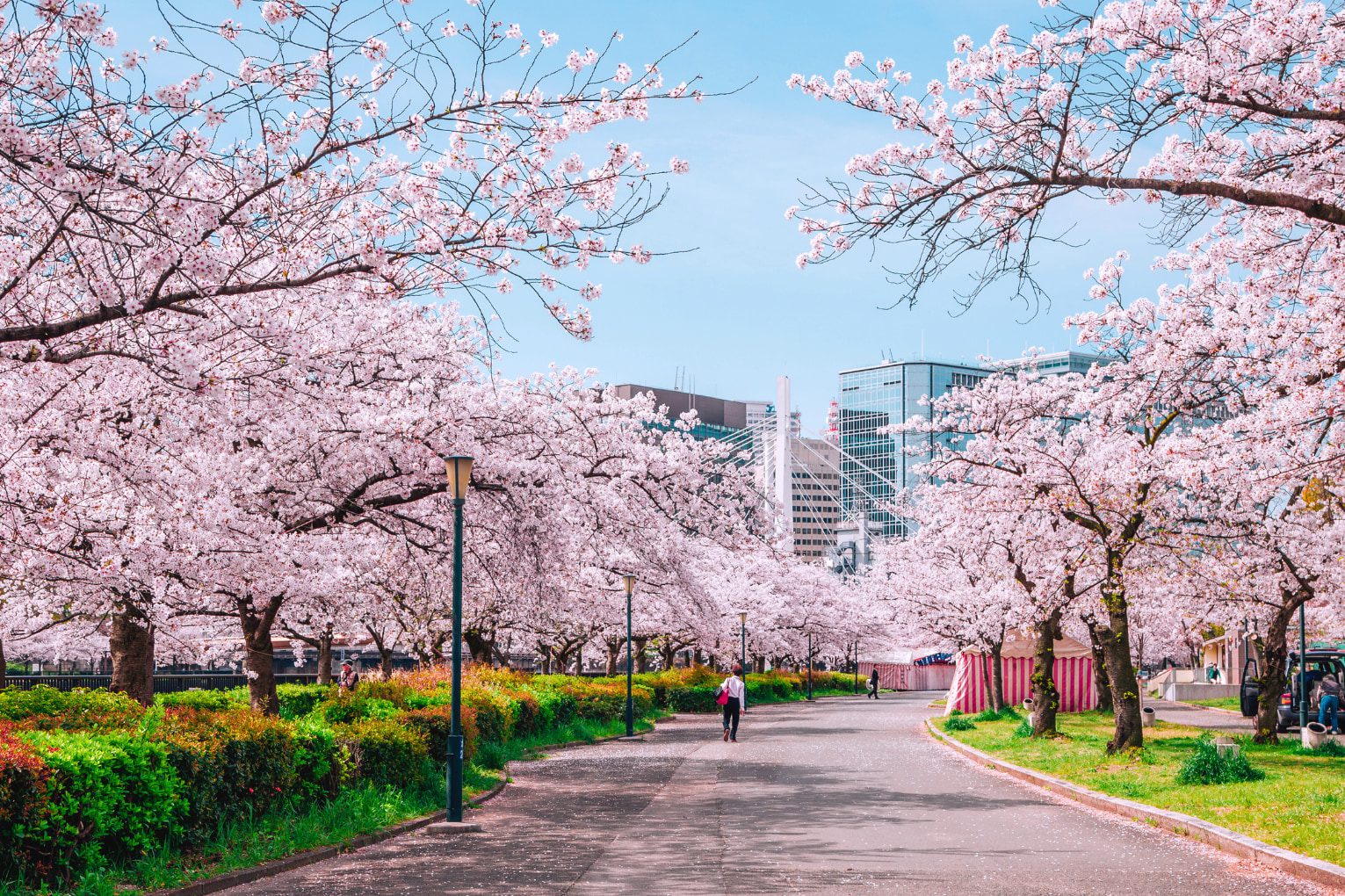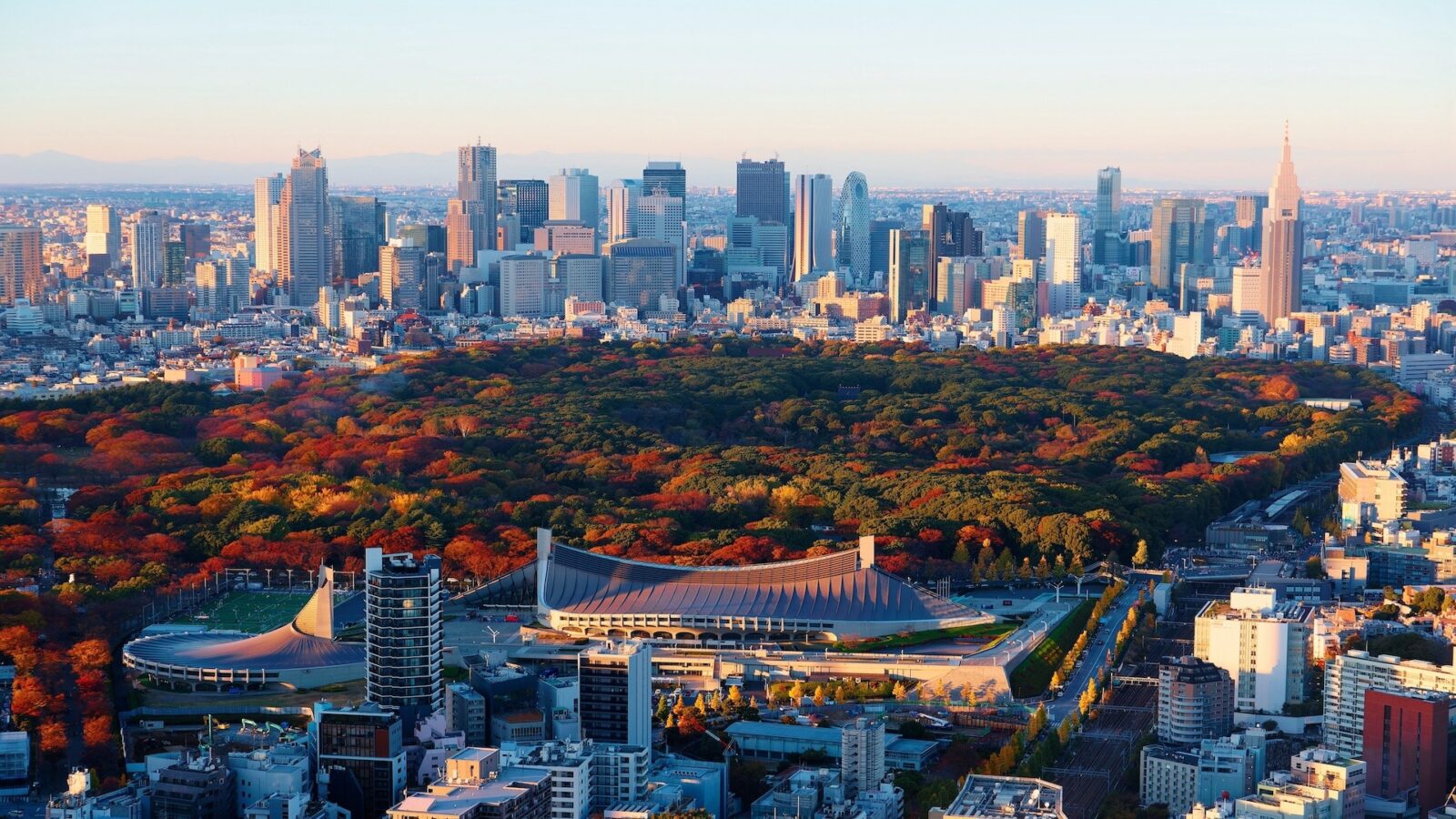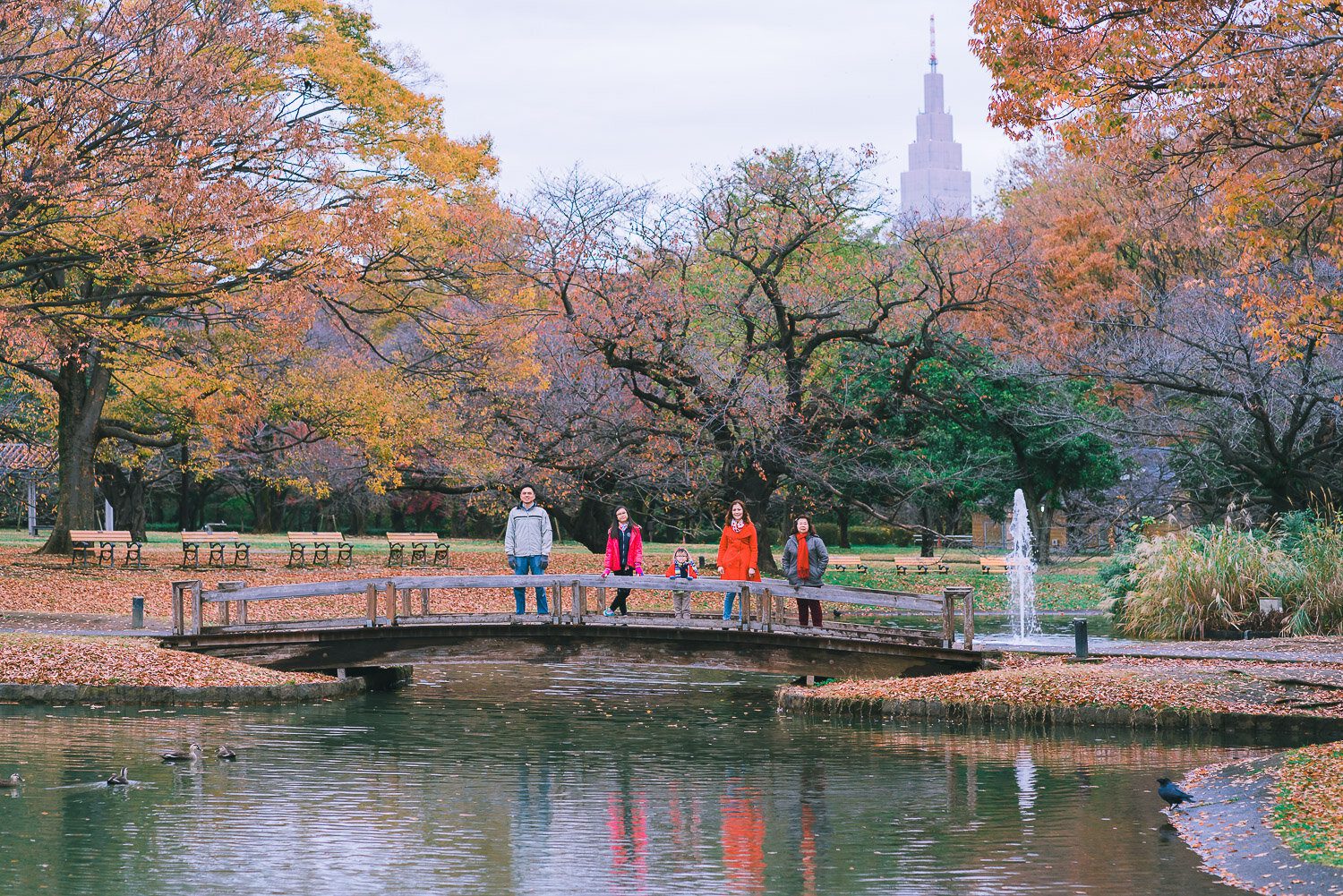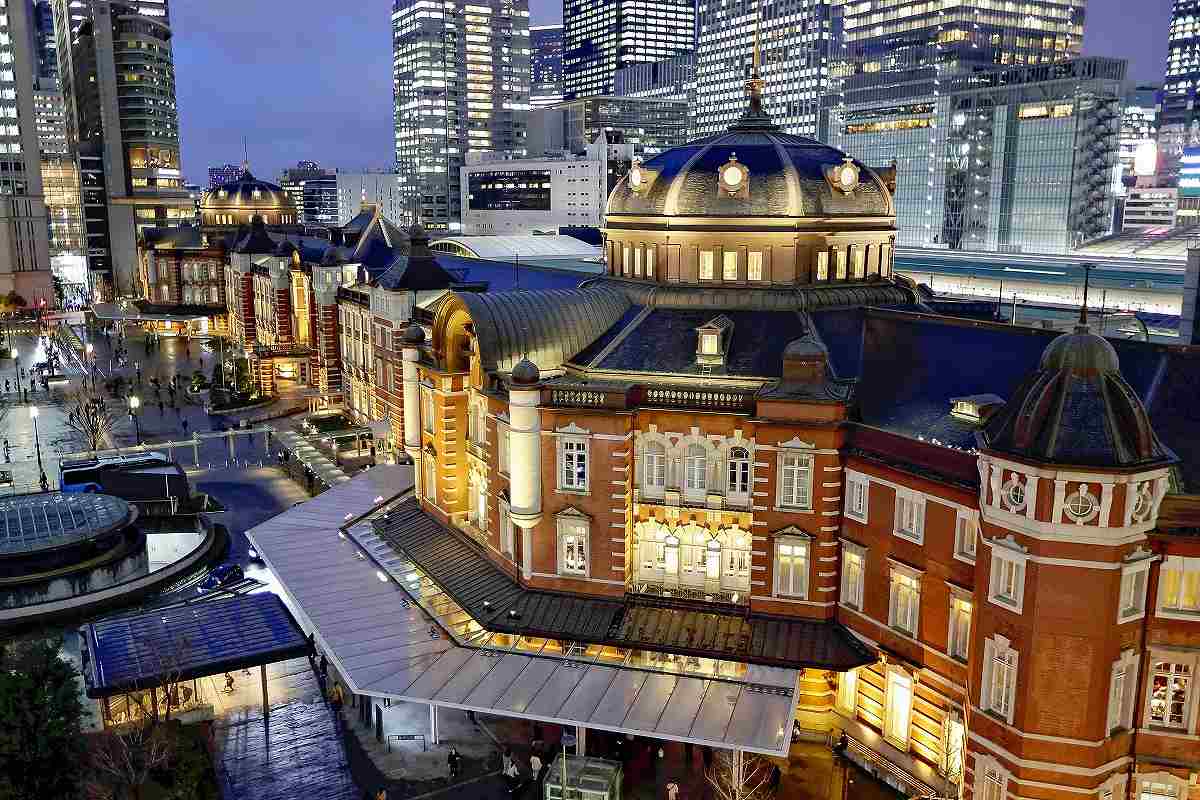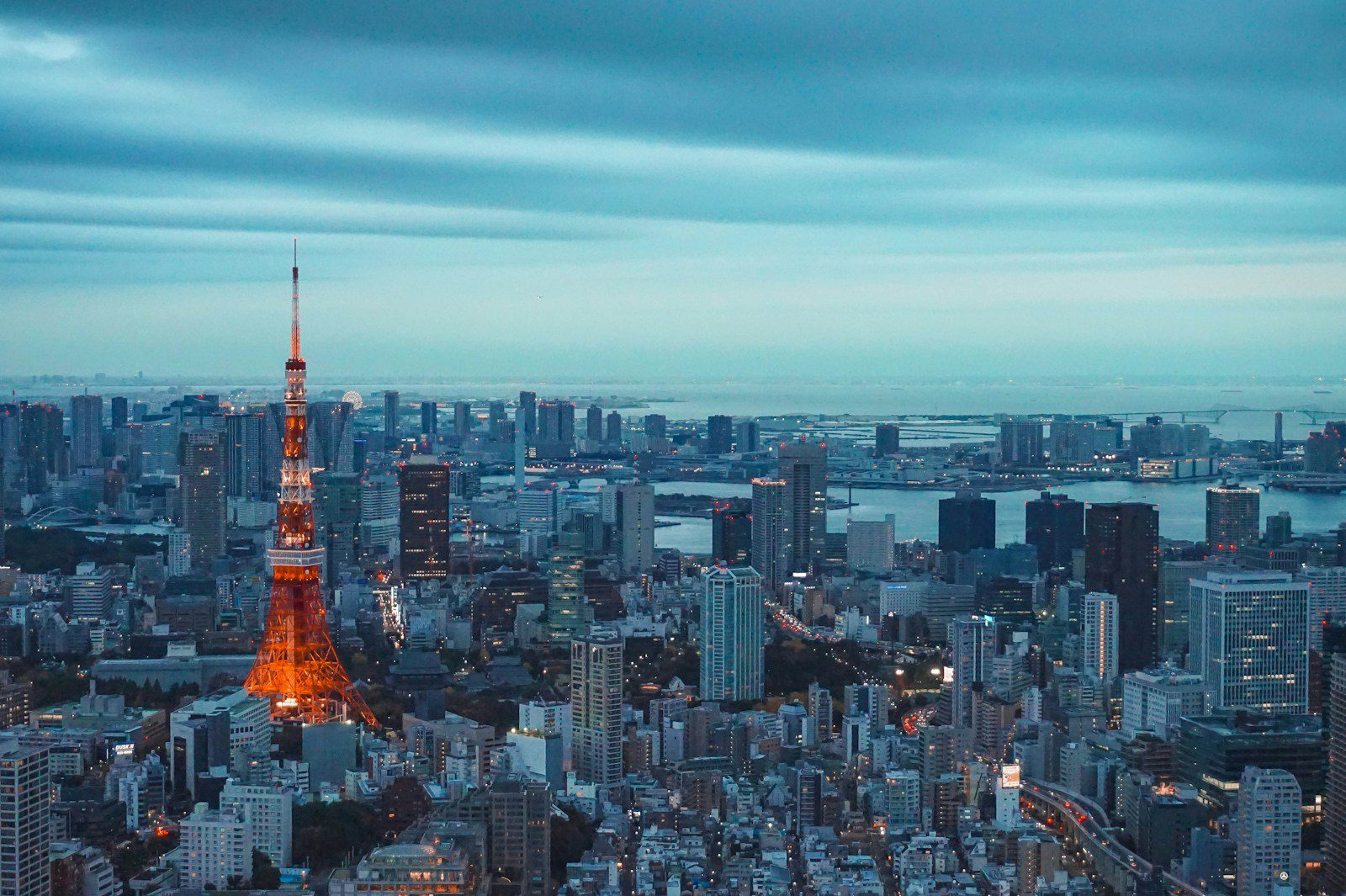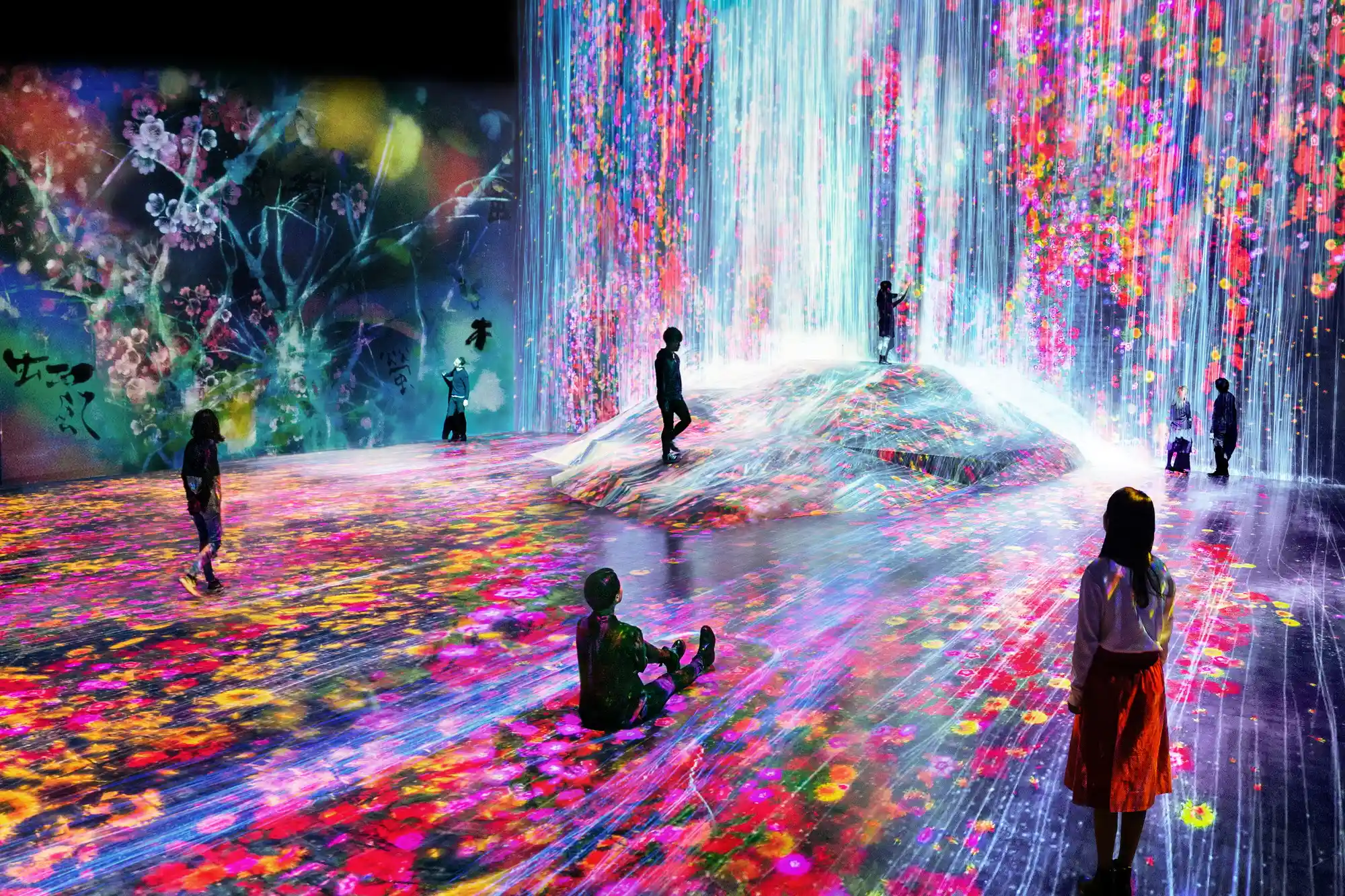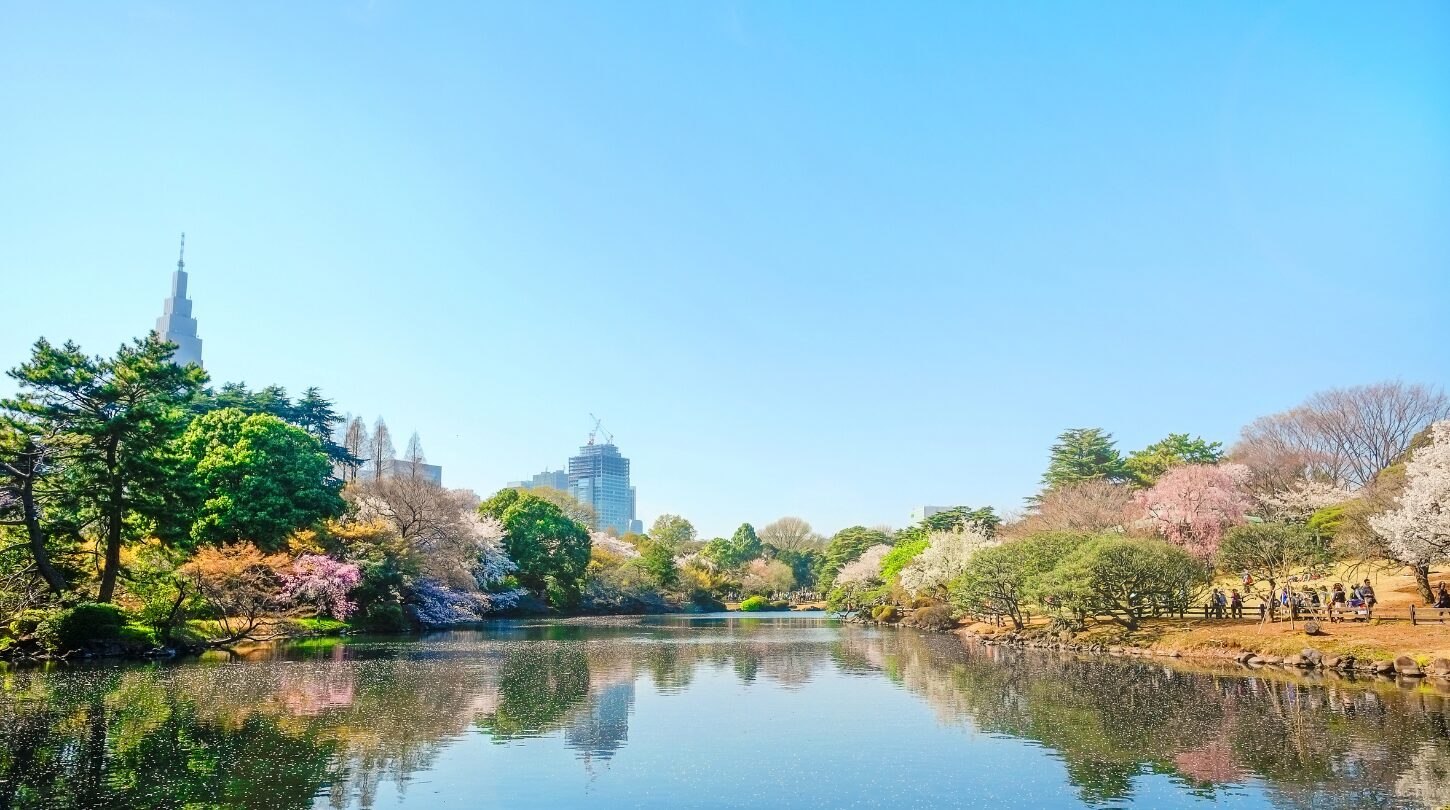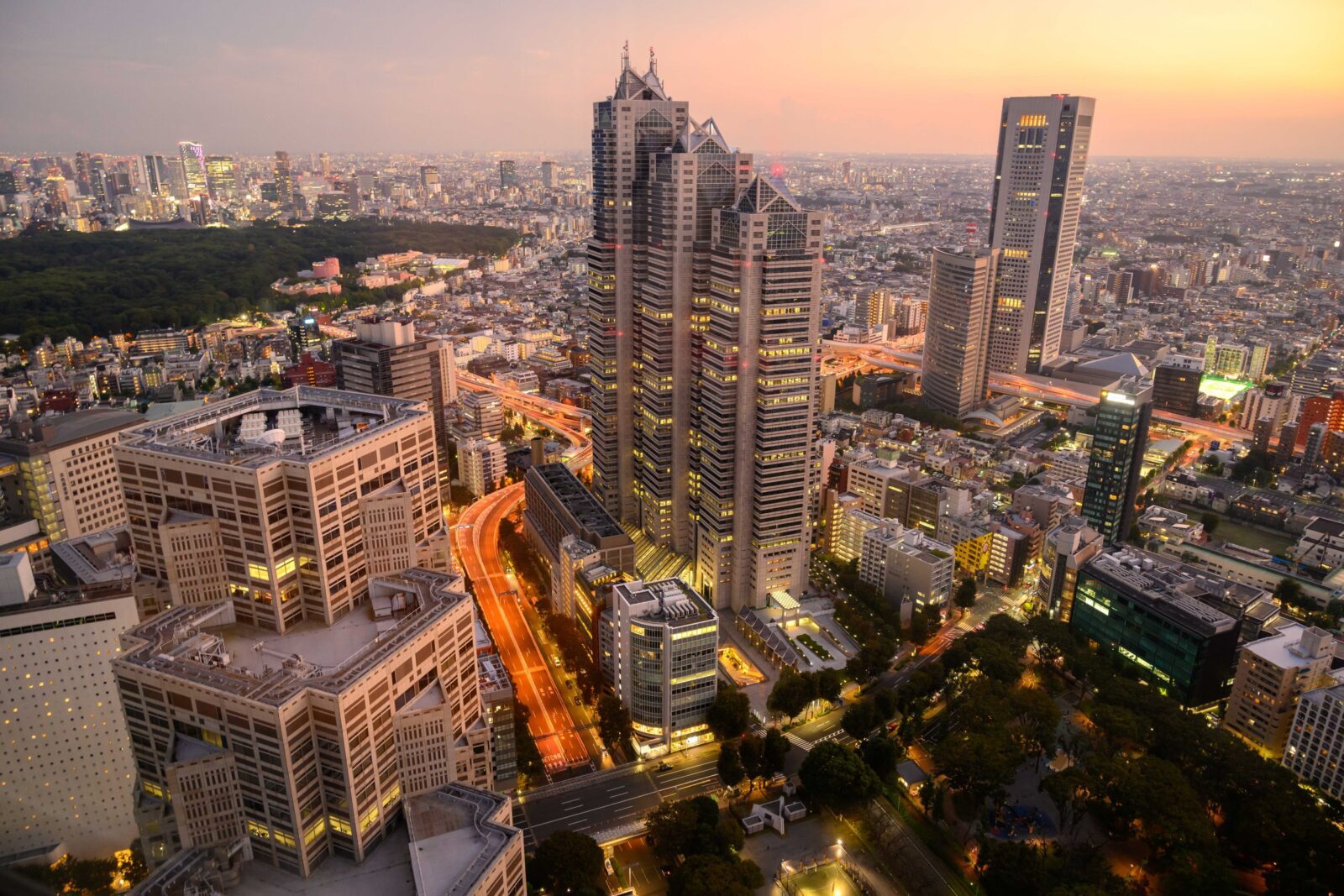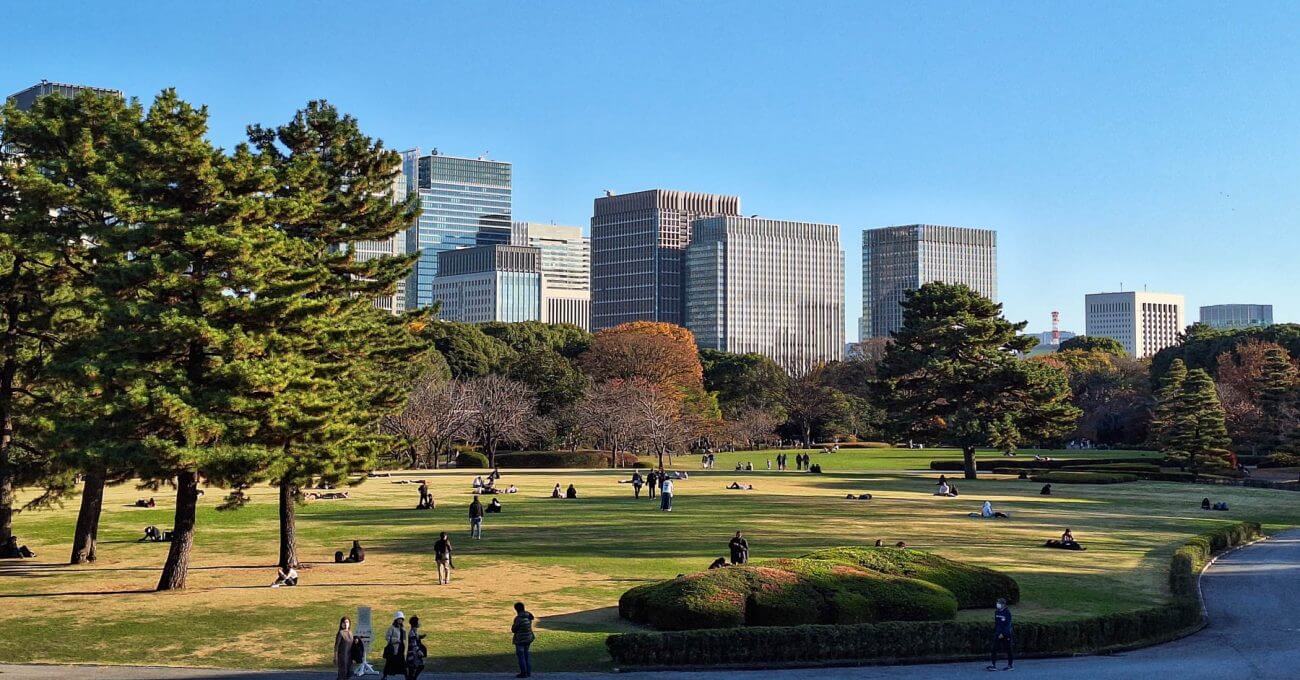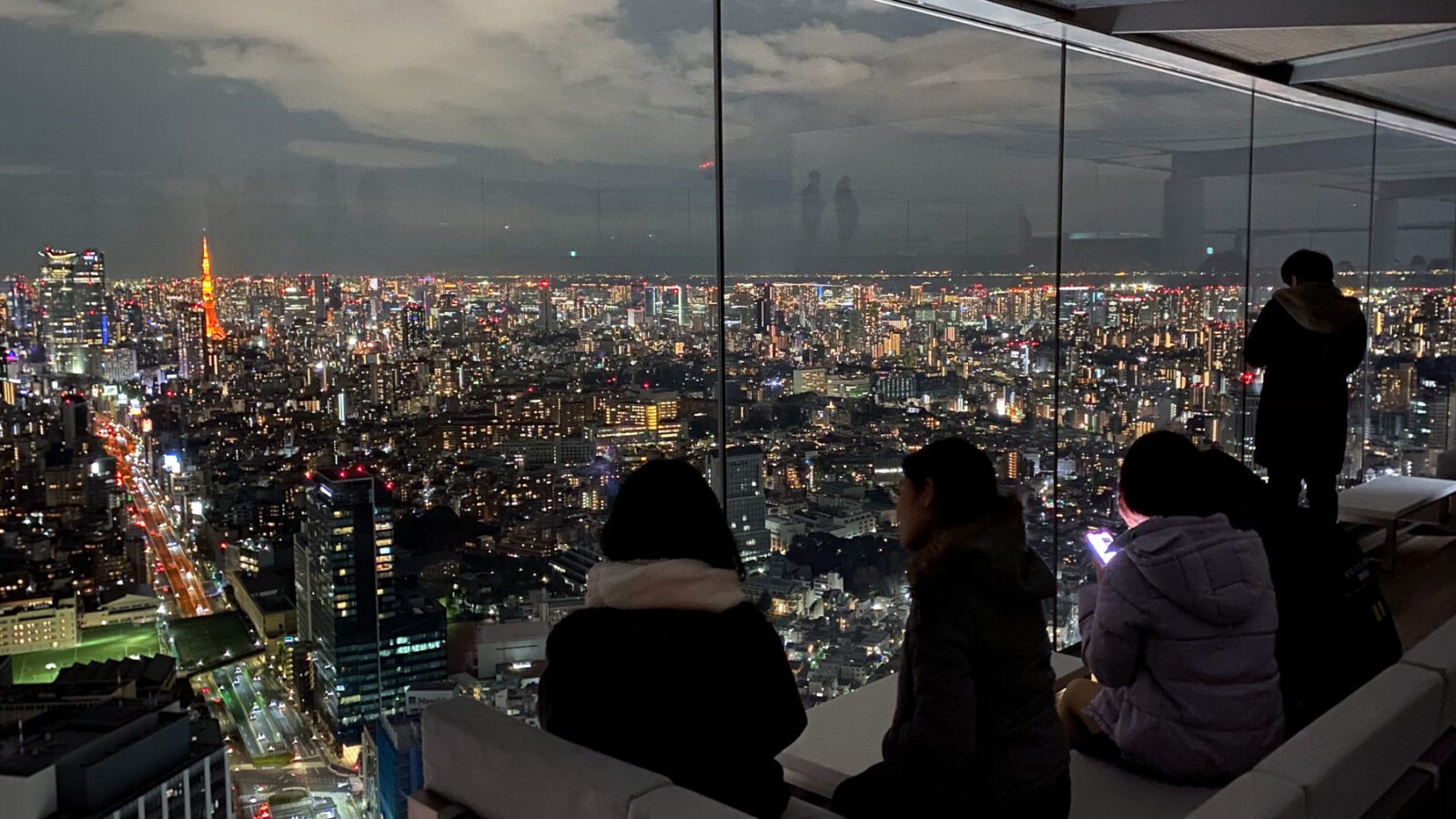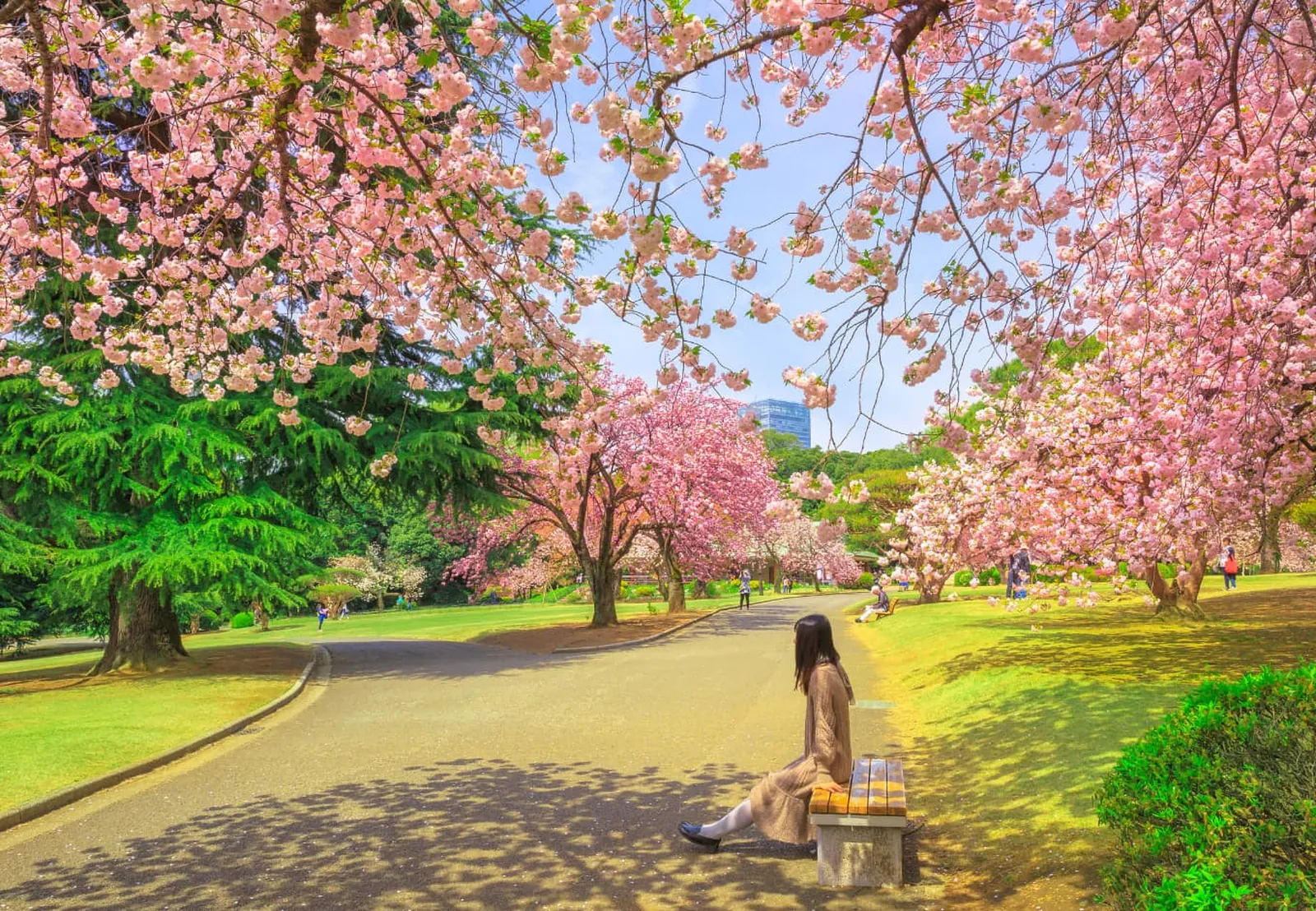Yoyogi Park
Park on the site of the 1964 Olympic village. The city park is large and open to the public, featuring lakes, fountains, and wooded areas with fully grown trees.
Overview
Yoyogi Park is a large public park in Tokyo that offers a mix of natural areas and city convenience. The park was once the site of the 1964 Olympic village.
It has lakes, fountains, and forested areas with mature trees, making it a good place to take a walk, have a picnic, or go for a hike with children.
The park is easy to access, with wheelchair-friendly entrances and parking, and has public restrooms and a dog park. Yoyogi Park is located in Shibuya and is a place where people can relax and enjoy nature.
Yoyogi Park: Tokyo’s Urban Oasis of Nature and Culture – Yoyogi Park is a popular green space located in Tokyo’s Shibuya district. It has a 4.3-star rating from nearly 25,000 visitors, making it a well-liked destination.
The park offers a peaceful escape from the city’s urban life.
It is historically significant as the site of the 1964 Olympic Village and currently serves as a community gathering place.
The park provides locals and tourists with a natural oasis in the heart of Japan’s largest city.
A Natural Haven in Tokyo’s Urban Landscape
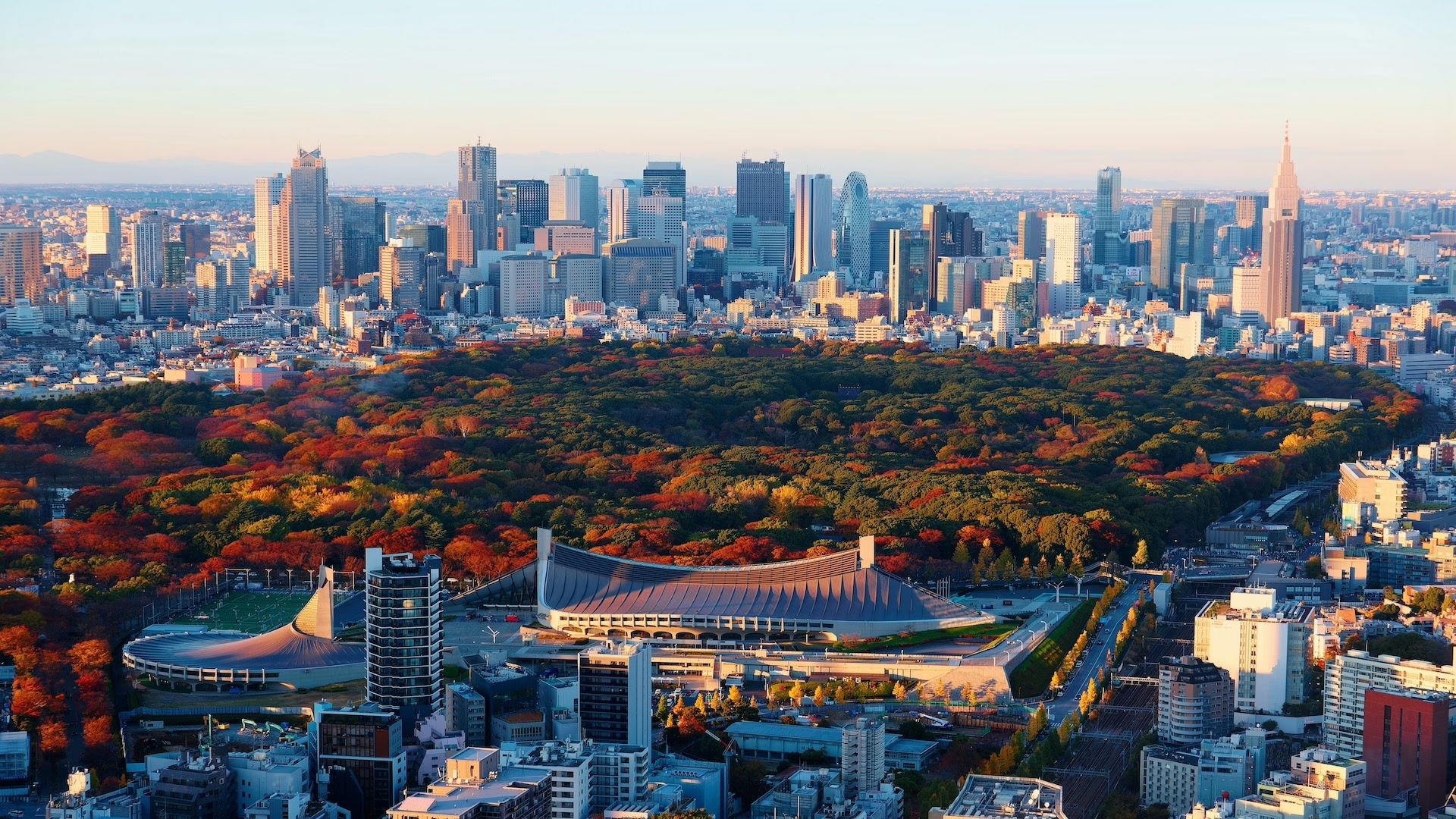
Just steps away from the crowded streets of Shibuya, Yoyogi Park welcomes visitors with its vast forested areas and open spaces.
The park spans an impressive area, making it the fifth-largest park in Tokyo proper.
Mature trees create shaded pathways throughout, while open grassy fields invite picnics, games, and relaxation.
The park’s design balances natural elements with thoughtful amenities. Lakes and fountains add water features that create peaceful spots for contemplation.
The contrast between Yoyogi Park’s tranquil environment and the surrounding cityscape makes it all the more special—a green oasis where Tokyo residents and visitors alike can catch their breath.
Historical Roots: From Olympic Village to Public Park
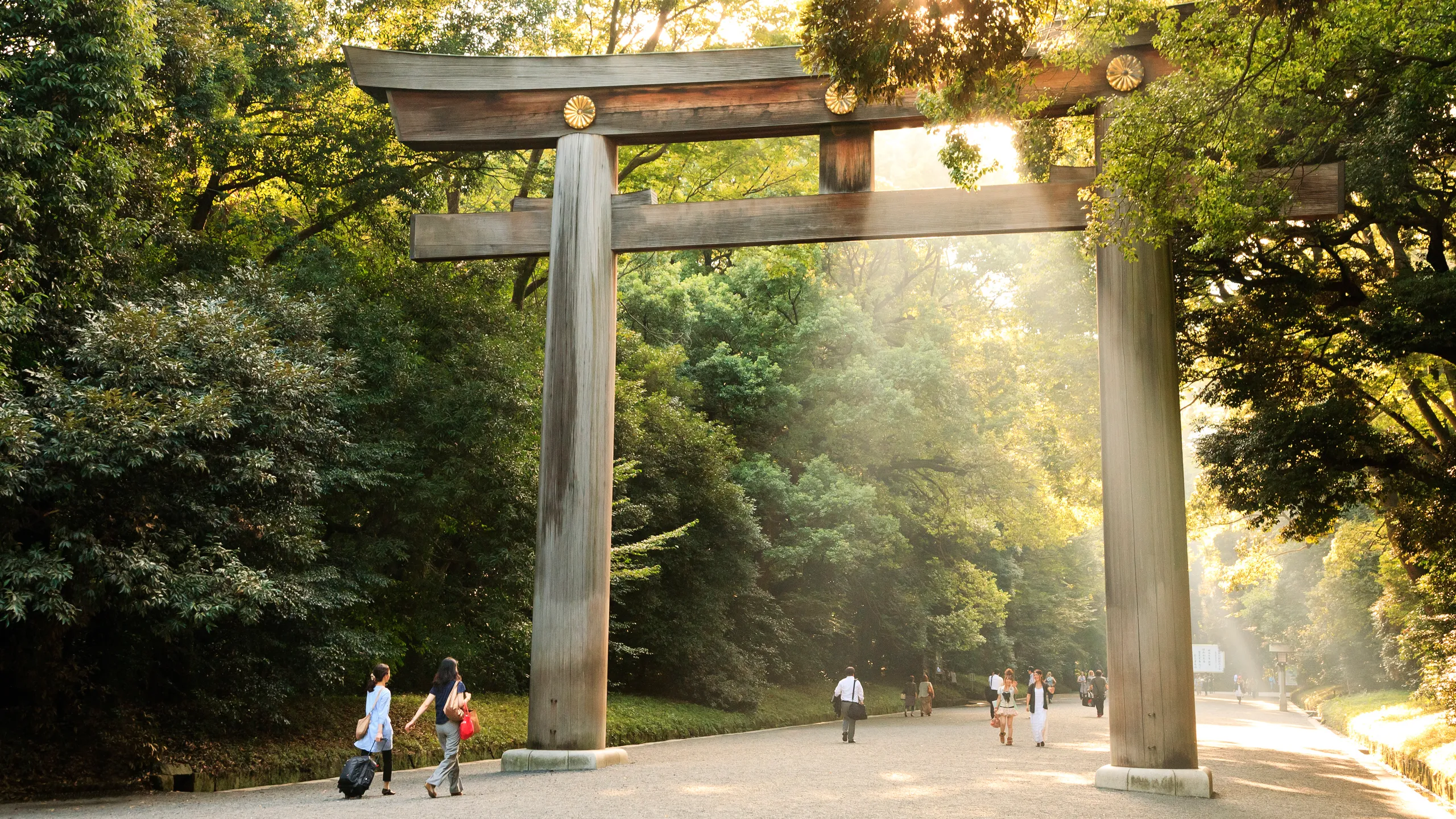
The land that now comprises Yoyogi Park has a fascinating history. Before becoming the green space we enjoy today, this area served as the Olympic Village during the 1964 Tokyo Olympics.
This historical connection adds depth to the park experience, as you walk the same grounds where Olympic athletes once stayed during Japan’s first Olympic Games.
After the Olympics, the area was transformed into a public park, opening its gates in 1967.
This transition from Olympic Village to community space represents Tokyo’s commitment to providing green areas for its citizens amid rapid urban development.
Today, when we visit Yoyogi Park, we’re participating in a living piece of Tokyo’s modern history.
Year-Round Activities and Events in Yoyogi Park
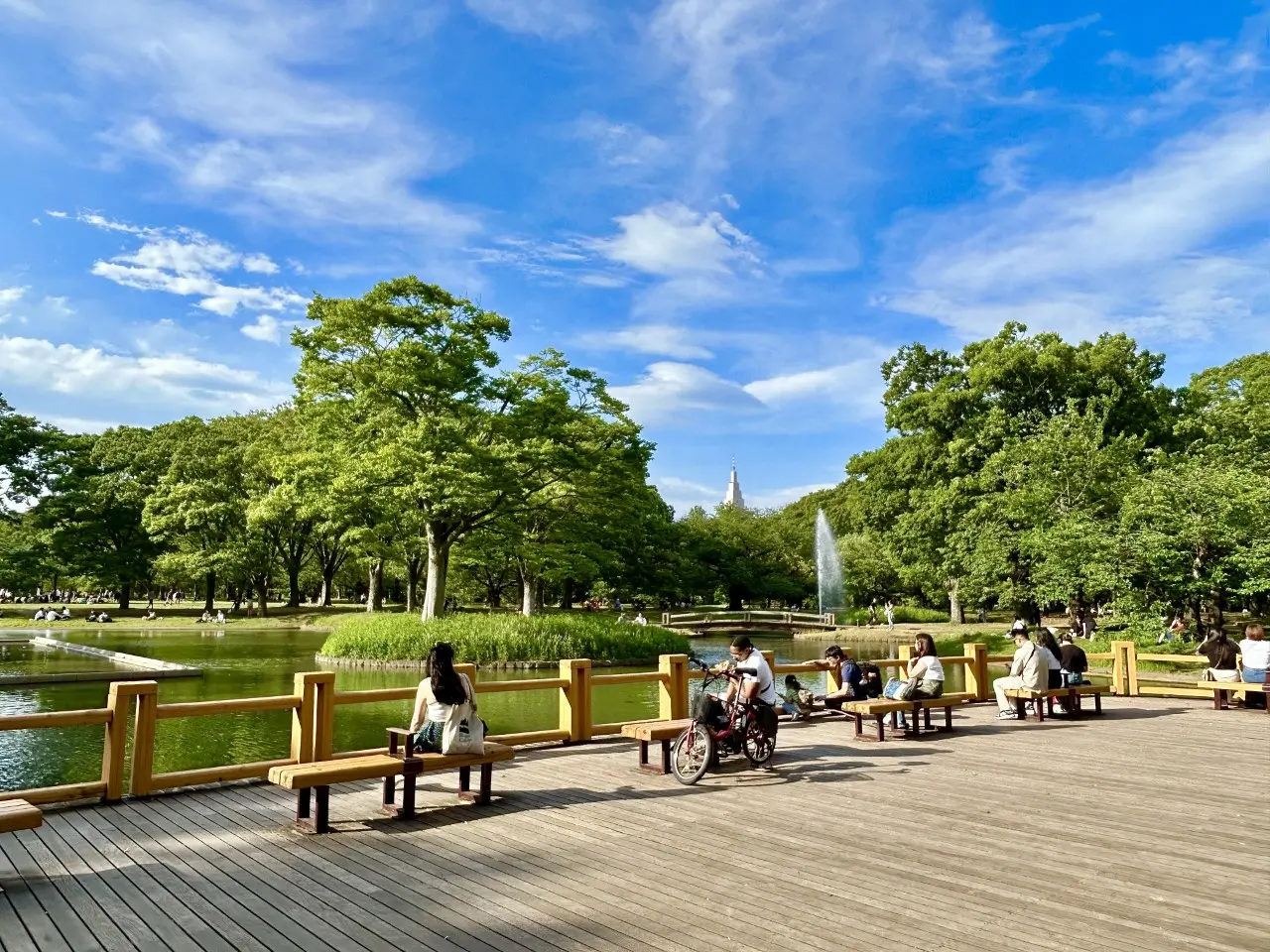
Yoyogi Park shines as a hub for community gatherings and recreational activities throughout the year.
The park’s spacious design accommodates everything from quiet solitary walks to large cultural festivals that draw thousands of visitors.
This versatility makes the park a living, breathing part of Tokyo’s social fabric rather than just a static green space.
Regardless of when you visit, you’ll likely encounter some form of community engagement happening within its grounds.
Seasonal Highlights
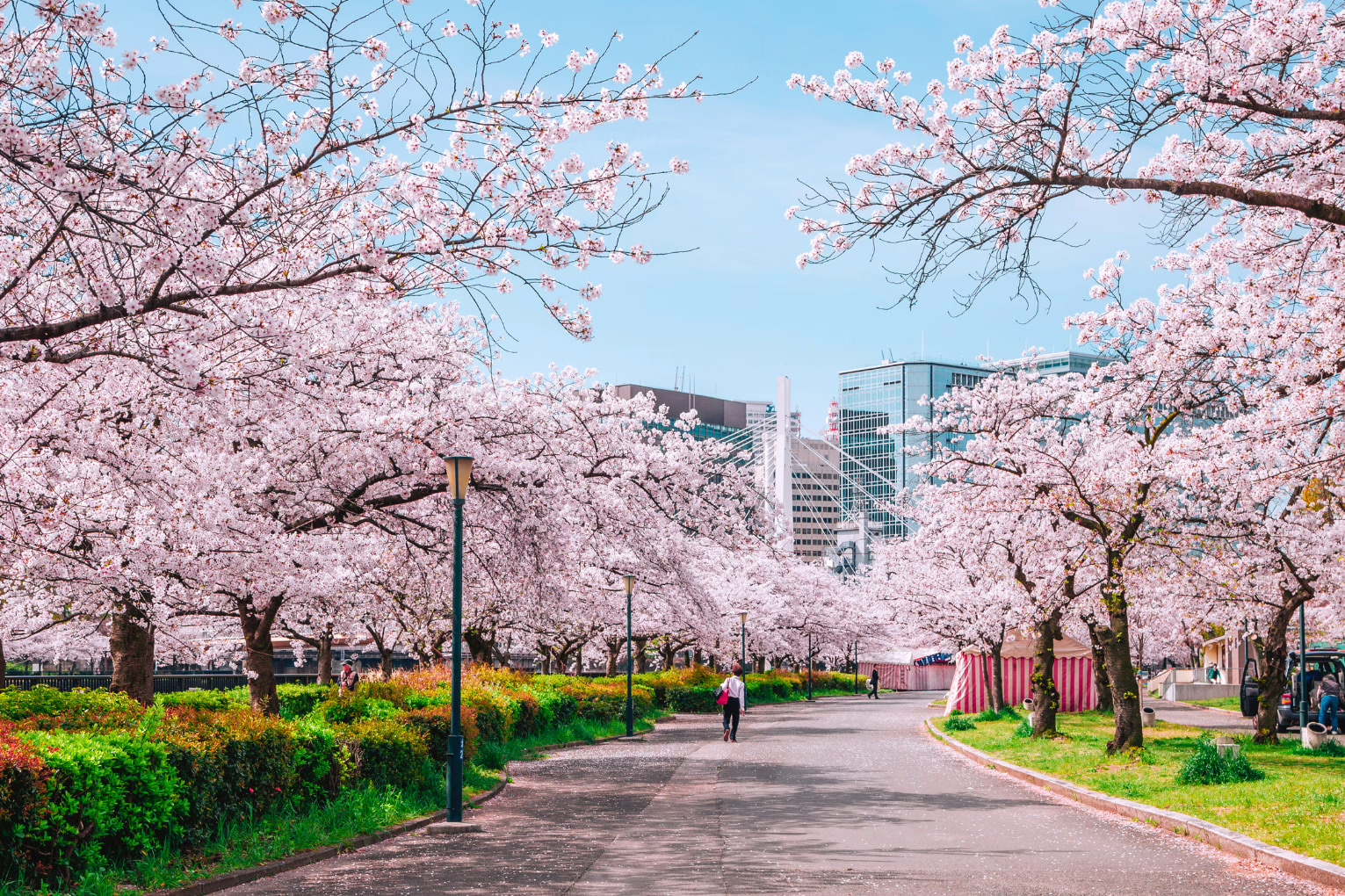
Yoyogi Park transforms with each season, offering visitors different experiences throughout the year. Spring brings cherry blossoms that dot the landscape with pink.
Summer sees the trees in full, lush foliage providing welcome shade during hot months.
Fall transforms the park with warm colors as leaves change. Winter offers a more subdued but equally beautiful landscape with occasional light snowfall dusting the grounds.
Weekend Culture and Community
On weekends, Yoyogi Park comes alive with community activities. Street performers, musicians, and dance groups often gather near the park’s main plaza.
Amateur photographers practice their craft while capturing the diverse scenes. Food vendors sometimes set up along the pathways, offering local treats to hungry visitors.
Recreation Options
The park accommodates various physical activities for those looking to stay active. Walking and jogging paths wind through different sections.
Open spaces provide room for yoga groups, frisbee players, and picnickers. Dog owners appreciate the designated dog run area where their pets can socialize and play off-leash.
Practical Information for Visitors
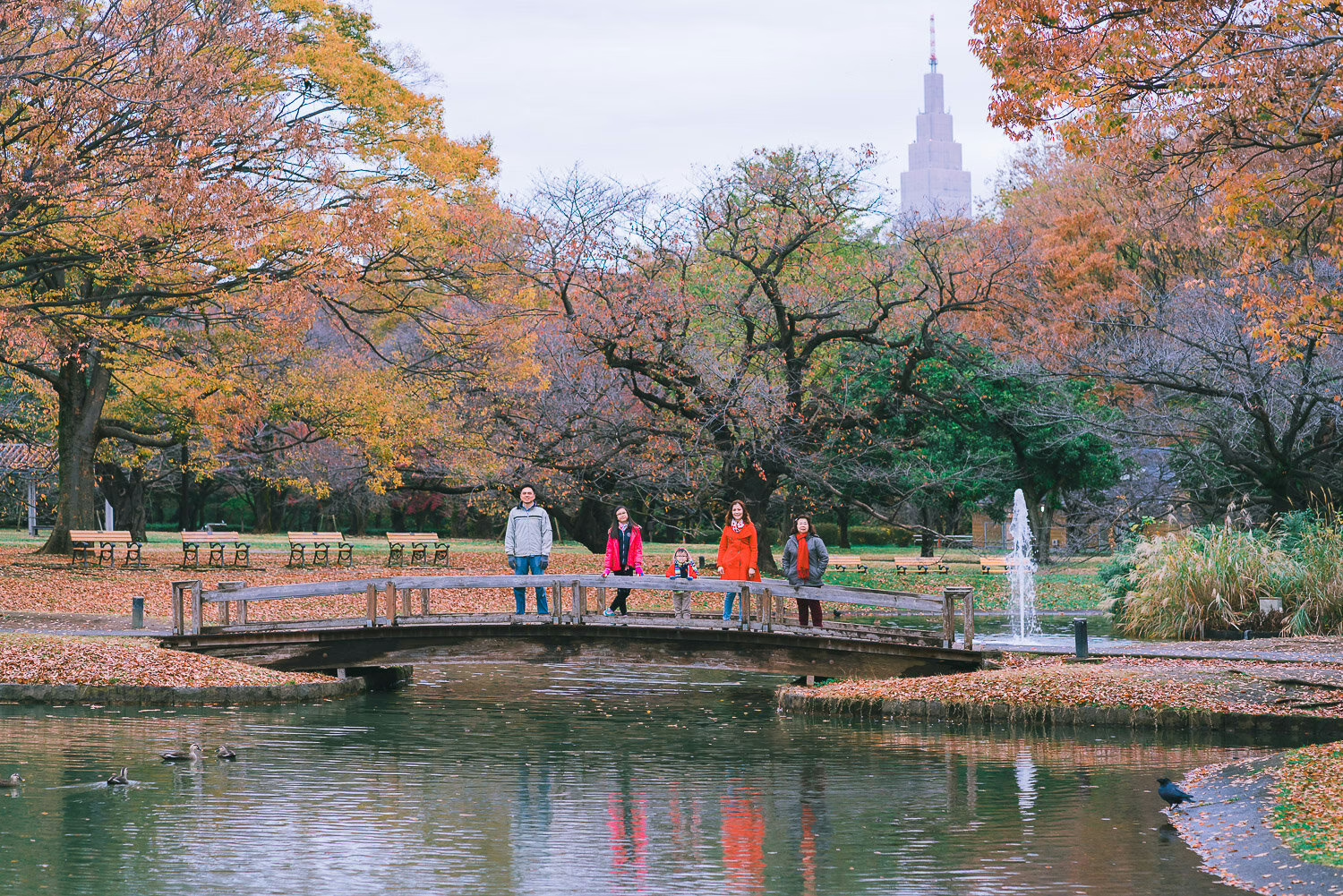
When planning your visit to Yoyogi Park, several practical details will help make your experience more enjoyable.
The park’s central location in Tokyo makes it accessible for both planned outings and spontaneous visits.
Its extensive grounds offer enough variety that you might want to return multiple times to fully experience everything. Here’s what you should know before heading to this urban oasis.
Getting to Yoyogi Park
Located at 2-1 Yoyogikamizonocho in Shibuya, Yoyogi Park is easily accessible by public transportation.
Harajuku Station on the JR Yamanote Line and Yoyogi-Koen Station on the Tokyo Metro Chiyoda Line both provide convenient access points to different areas of the park.
From either station, you’ll reach park entrances within a 5-10 minute walk.
Visiting Hours and Facilities
One of Yoyogi Park’s greatest conveniences is its 24-hour access, seven days a week.
This round-the-clock availability means you can enjoy early morning jogs before work or evening strolls after dinner. The park never closes its gates, making it an accessible green space regardless of your schedule.
Public restrooms are available throughout the grounds, and paths are wheelchair accessible, allowing visitors of all mobility levels to enjoy the park.
Picnic tables scattered throughout invite you to bring meals and spend extended time outdoors. On-site parking is available for those traveling by car, though spaces fill quickly on weekends and holidays.
Family-Friendly Features
Families with children will find Yoyogi Park particularly welcoming. Kid-friendly hiking paths offer easy walks that introduce little ones to nature.
The open spaces provide safe areas for children to run and play. Dogs are welcome in designated areas, adding to the family-friendly atmosphere for those traveling with pets.
Connecting with Nature in Tokyo
Yoyogi Park offers an accessible way to experience nature without leaving the city. The forested sections feature diverse tree species that create mini-ecosystems within the park.
Birds and small wildlife have made homes here, giving visitors chances to observe urban nature up close.
The ponds and water features attract different bird species, making the park a casual birdwatching location.
During quiet mornings, you might spot Japanese white-eyes, bulbuls, or even goshawks that have adapted to city life.
These natural elements help us reconnect with seasonal changes and natural rhythms even while in Tokyo’s urban environment.
Cultural Significance Beyond Green Space
Yoyogi Park holds an important place in Tokyo’s cultural landscape beyond simply providing green space.
The park functions as a cultural crossroads where diverse aspects of both traditional and contemporary Japanese life intersect.
This role as a cultural meeting point has developed organically over decades, with the park becoming a stage for expression that might not find space elsewhere in the densely regulated city.
The freedom and openness of Yoyogi Park have made it a crucial venue for cultural exchange in Tokyo.
Harajuku Connection
Yoyogi Park’s location adjacent to Harajuku, Tokyo’s youth fashion district, creates an interesting cultural juxtaposition.
After exploring the park, visitors can easily walk to Takeshita Street or Omotesando to experience Tokyo’s fashion and shopping culture.
This proximity makes Yoyogi Park a perfect starting point for a day exploring different facets of Tokyo life.
Sunday Gatherings and Performances
Sundays at Yoyogi Park have become famous for spontaneous gatherings. Groups practicing traditional Japanese dance might set up near rockabilly dancers showing off 1950s American-inspired moves.
This organic mixing of different cultural expressions makes each visit unique and speaks to Tokyo’s diverse interests and influences.
Planning Your Visit to Yoyogi Park
For first-time visitors, we recommend allowing at least two hours to properly explore Yoyogi Park. The main pathways form loops that take you past the major features, but don’t hesitate to wander off onto smaller paths that lead to quieter corners of the park.
Morning visits offer peaceful experiences with fewer crowds, while weekend afternoons showcase the park at its most lively and socially vibrant.
Both experiences have their charm, and repeat visits at different times reveal Yoyogi Park’s changing character throughout the day.
If you’d like more information before visiting, the Yogoyi Park official website provides updates on seasonal events and any temporary closures, though such closures are rare given the park’s 24/7 accessibility.
Attraction Types
Related Tours
Powered by
Related Tours
Powered by
Things to Know
- Onsite services
- Wheelchair accessible entrance
- Wheelchair accessible parking lot
- Hiking
- Picnic tables
- Public restroom
- Good for kids
- Kid-friendly hikes
- On-site parking
- Dog park
- Dogs allowed
Our Notes & Verdicts
Our Rating: 4.7
With its perfect blend of natural beauty, historical significance, and community spirit, Yoyogi Park earns our 4.7/5 rating. We’ve visited during all four seasons and consistently find something new to appreciate each time.
The park manages to serve many purposes simultaneously—a quiet nature retreat, an active recreation space, and a cultural gathering point—all while maintaining its distinct character.
The convenient location near major attractions and transportation makes it an easy addition to any Tokyo itinerary, and we consider it an essential green respite during any visit to the city.
🏨 Related Accommodations
-
Park Hyatt Tokyo
3-7-1-2 Nishi Shinjuku, Tokyo 163-1055, Japan
-
Imperial Hotel Tokyo
1-1-1 Uchisaiwaicho Chiyoda-ku, Tokyo 100-8558, Japan
-
The Capitol Hotel Tokyu
2-10-3 Nagata-Cho, Tokyo 100-0014, Japan
-
Aman Tokyo
The Otemachi Tower, 1 Chome-5-6 Ōtemachi, Chiyoda City, Tokyo 100-0004, Japan
-
Ascott Marunouchi Tokyo
1-1-1 Otemachi, Chiyodaku, Tokyo 100-0004, Japan
Not sure which hotel to select? Try these hotel search engines below
🍽️ Related Restaurants
-
-
Sushi Saito
1-4-5 1F Ark Hills South Tower, Roppongi, Minato 107-0052 Tokyo Prefecture
Japanese, Seafood
-
Sushizanmai Tsukijiekimae-Ten
3-11-9 Tsukiji Square bldg1F, Tsukiji, Chuo 104-0045 Tokyo Prefecture
Sushi, Healthy
-
-
Operating Hours
Location
Nearest Train Station(s)
Harajuku Station on the JR Yamanote Line, Yoyogi-Koen Station on the Tokyo Metro Chiyoda Line, and Meiji-Jingumae Station on the Tokyo Metro Fukutoshin Line
Nearest Bus Stop(s)
Harajuku Station (JR Yamanote Line) and Yoyogi-Koen Station (Tokyo Metro Chiyoda Line)
Tokyo Trip Add-Ons
Equip yourself for the ultimate Tokyo adventure with the following add-ons, curated just for you.
Frequently Asked Questions (FAQs)
Visiting Yoyogi Park is a rewarding experience, especially for those seeking respite from Tokyo’s relentless urban rhythm.
The park’s vast expanse-over 54 hectares of lawns, groves, and tranquil ponds-offers not just a green escape but also a vibrant social tapestry, where picnickers, joggers, and musicians intermingle beneath the shade of ginkgo and cherry trees.
On weekends, the park pulses with the energy of street performers and community events, while in quieter moments, it becomes a sanctuary for reflection, the rustle of leaves and distant laughter blending into a soothing urban symphony.
Whether you crave solitude, cultural encounters, or the simple pleasure of a walk beneath blooming sakura, Yoyogi Park’s ever-changing atmosphere makes it a must-visit for anyone wishing to experience Tokyo’s softer, more communal side.
Yoyogi Park is renowned for its dynamic blend of natural beauty, cultural history, and community life. It is particularly famous for its role as a stage for Tokyo’s public gatherings-hosting everything from impromptu dance troupes and musicians to grand festivals that draw crowds from across the city.
In spring, the park becomes a beloved hanami spot, with cherry blossoms painting the landscape in delicate hues, while autumn brings a golden glow as the ginkgo forest turns brilliant yellow.
Historically, the grounds have witnessed milestones: Japan’s first powered flight in 1910, the US military’s Washington Heights barracks after World War II, and the Olympic Village for the 1964 Summer Games.
Today, the park’s proximity to the Meiji Shrine and its iconic National Gymnasium, with its striking suspension roof, add further layers to its fame, making it a living chronicle of Tokyo’s evolution.
Yoyogi Park is refreshingly accessible in more ways than one: there is no admission fee, making it a rare oasis of free recreation in a city known for its high cost of living. Visitors are welcome to wander its paths, lounge on its lawns, or even join a yoga class without spending a single yen.
Of course, should you wish to rent a bicycle or indulge in snacks from the park’s food stalls, modest charges apply, but entry itself remains free, a democratic invitation to all who seek its shade and serenity.
A leisurely walk through Yoyogi Park, following its main paths and perhaps pausing to admire a pond or watch a street performer, typically takes about 30 to 45 minutes, covering roughly 1.3 miles (2 kilometers).
Yet, the park’s generous layout and inviting atmosphere often encourage visitors to linger-whether beneath cherry blossoms in spring or among the golden ginkgo leaves of autumn-stretching a simple stroll into an hour or two of gentle exploration.
The park’s design, with its open sightlines and meandering trails, ensures that even first-time visitors rarely lose their way, while the ever-present hum of city life just beyond the trees serves as a gentle reminder of the world outside this green sanctuary.
Disclaimer
While we at Tokyo Trip Guide do our best to show you accurate prices, we just can't promise they'll stay the same. Here's why: since we're not actually selling anything ourselves - we work with partner companies who set their own prices - we can't control what deals they offer. That's why it's best to check directly with our suggested deal providers to see their latest prices for attraction tickets.
Just so you know, if you end up buying something from the providers we list here, we might get a small commission. We'd be really happy if you used our recommended links to make your bookings!


